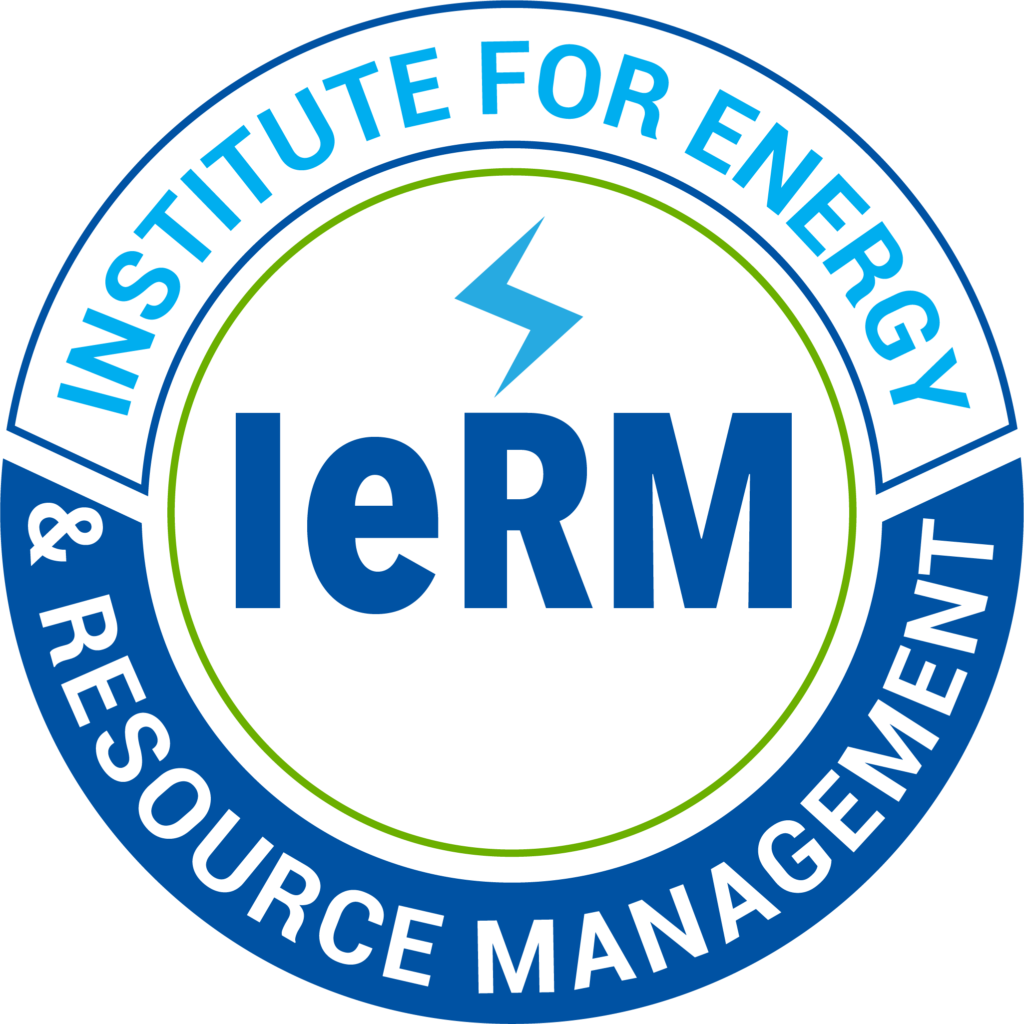With Philipp Schmidt-Pathmann
Hey, friends. In our last episode we gave you an overview of the myths and realities of recycling. Today, we’re going to dive a little deeper into the topic, because a successful recycling program is critical to an integrated waste management system.
First, let’s be clear. Not everything can be recycled, either because of product formulation or physical limitations. For example, paper can be recycled, but not indefinitely. After four or five times the fibers holding it together become too degraded. We will discuss how to deal with these materials in a later episode.
Second, as we pointed out in the previous segment, recycling is driven by a number of factors. Legislation, environmental concerns, and economics are the main ones. Legislation, such as requiring a minimum amount of post-consumer material in new material, can help to create a market for recycled material. Environmental concerns, driven by citizens and environmental organizations, include preventing the expansion of landfills and keeping toxic materials out of the soil and water. The main factor in recycling, however, is economics.
Clearly, recycled materials have some value, but that value depends on the quality of the materials, the cost of collecting, sorting, storing and shipping them, and the cost of producing the same amount of new materials. Let’s break that down. First, the potential buyer of recycled materials must be confident that they are of suitable quality. The best way to guarantee this is to practice source separation. In other words, putting all the recyclables in one bin is not effective, causes cross-contamination, and sends otherwise usable materials to the landfill.
Second, the cost of collecting, sorting, storing, and shipping, if done efficiently, should not be any more than the cost of single-bin collection. A number of communities in the US, chiefly in California, already practice source separation, with a significant increase in recycling rates.
Third, while the cost of producing new materials is not fixed, the fluctuations tend to be longer term and fairly predictable, so that, if necessary, recyclable materials can be stored until the price difference improves.
Gone are the days when “recycled” materials were bundled and shipped off to China, to be burned or landfilled. To achieve the financial and environmental benefits of an integrated waste management system, recycling must be taken seriously.
In our next episode, we’ll take a hard look at MRFs, the so-called material recycling facilities. Until then, keep talkin’ trash!




